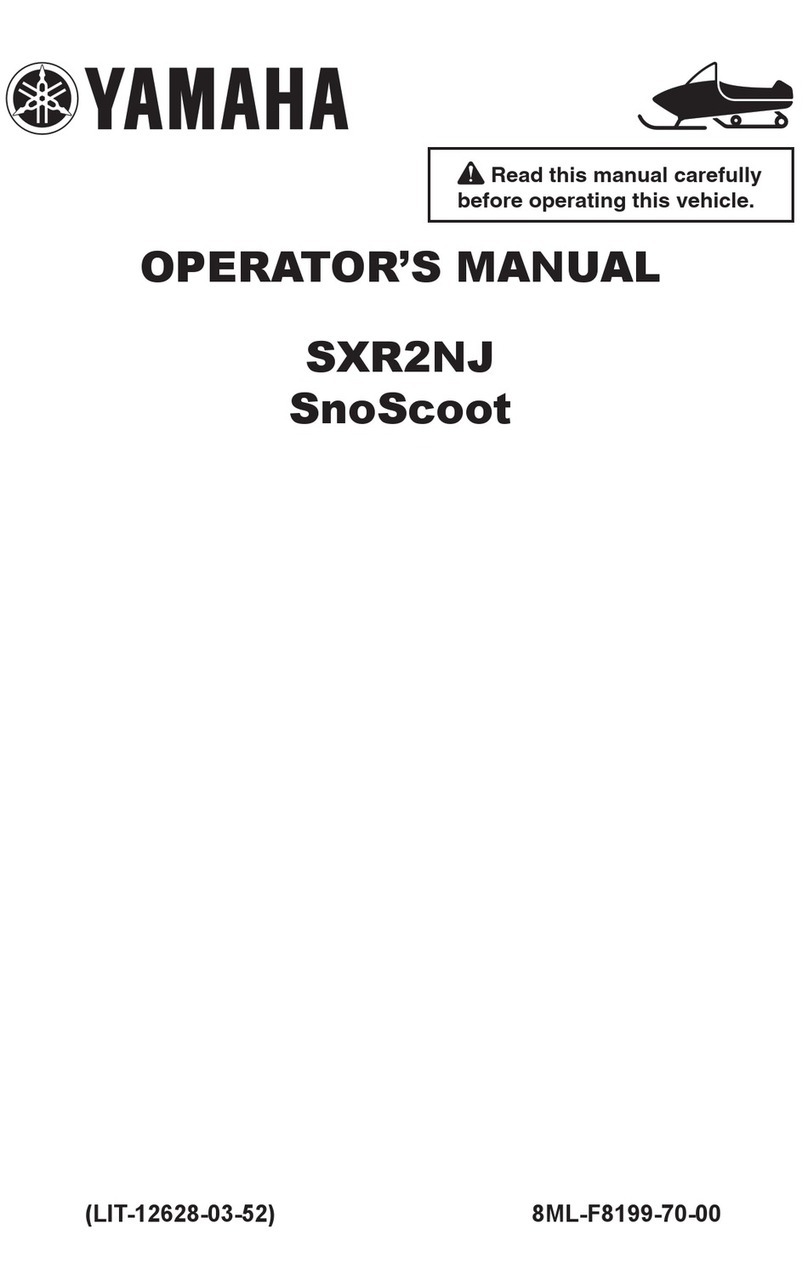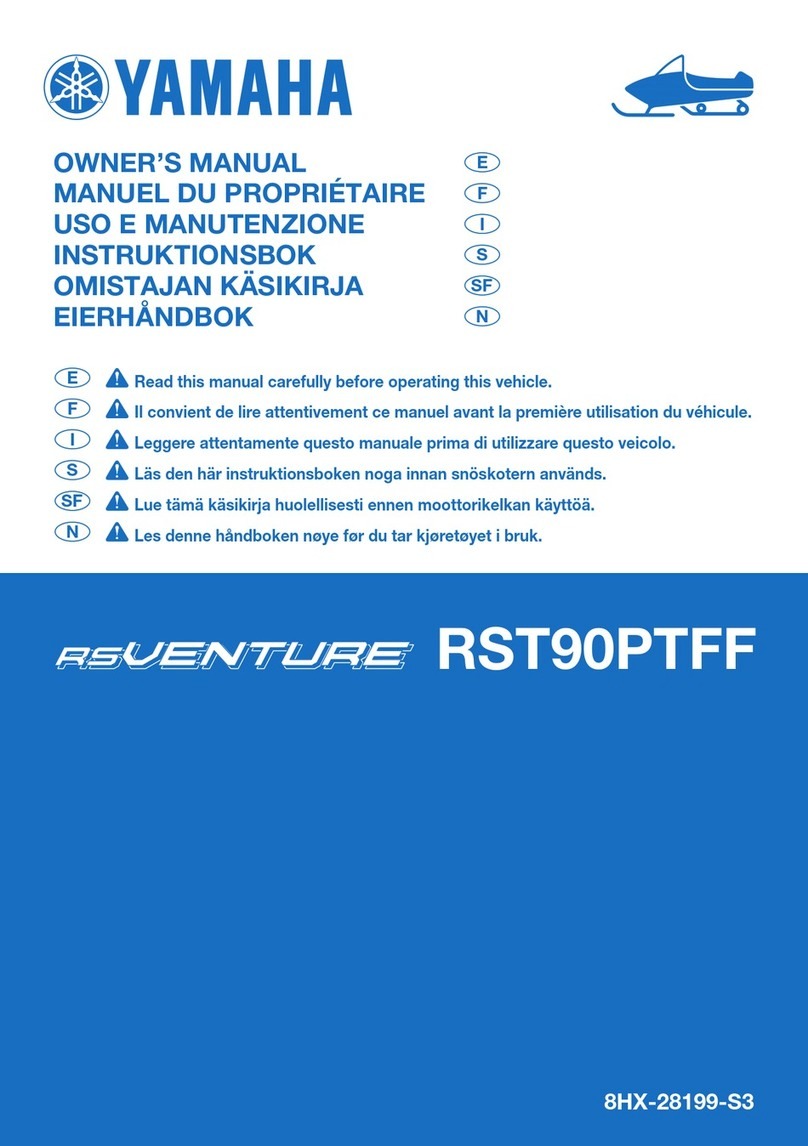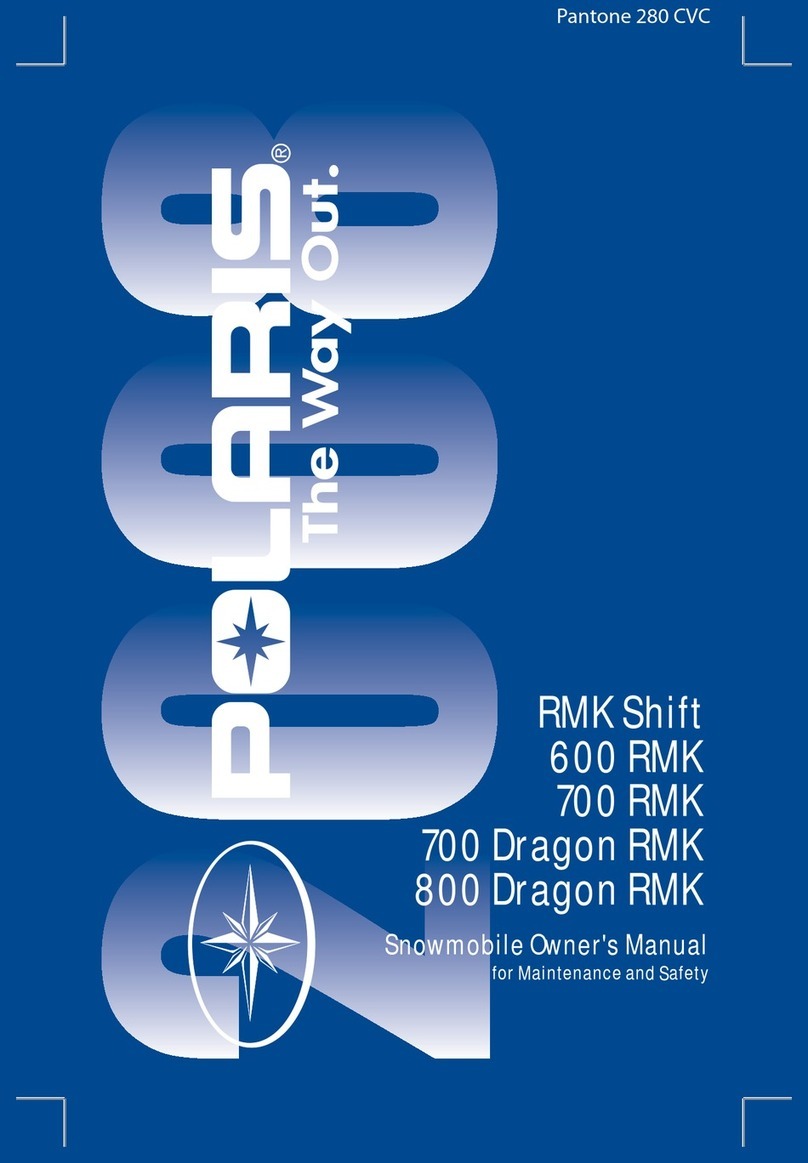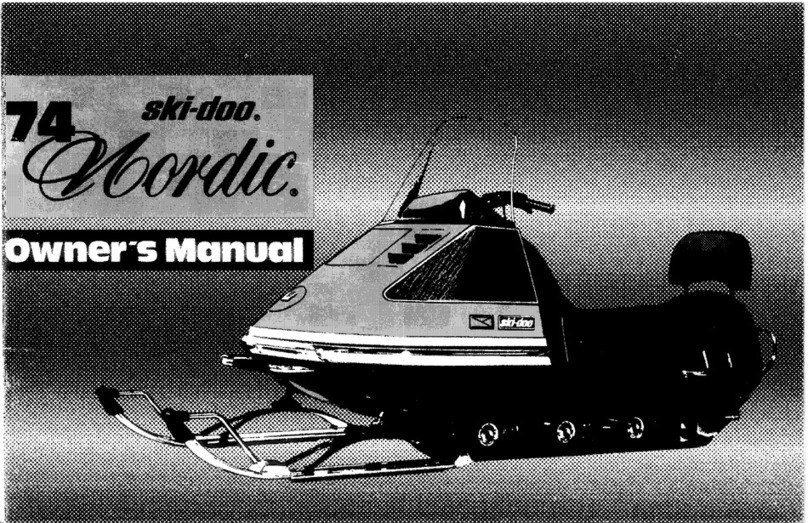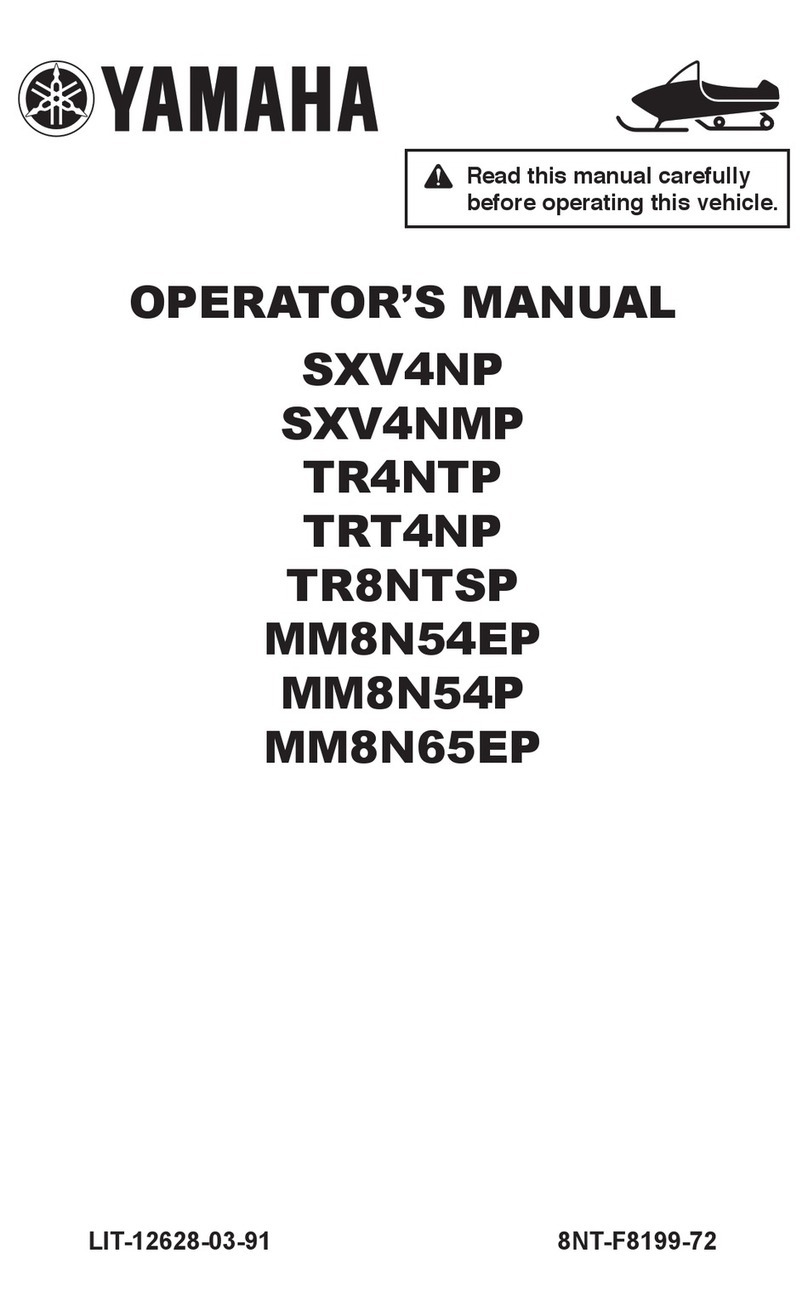Johnson SKEE-HORSE 25-201R User manual
Popular Snowmobile manuals by other brands
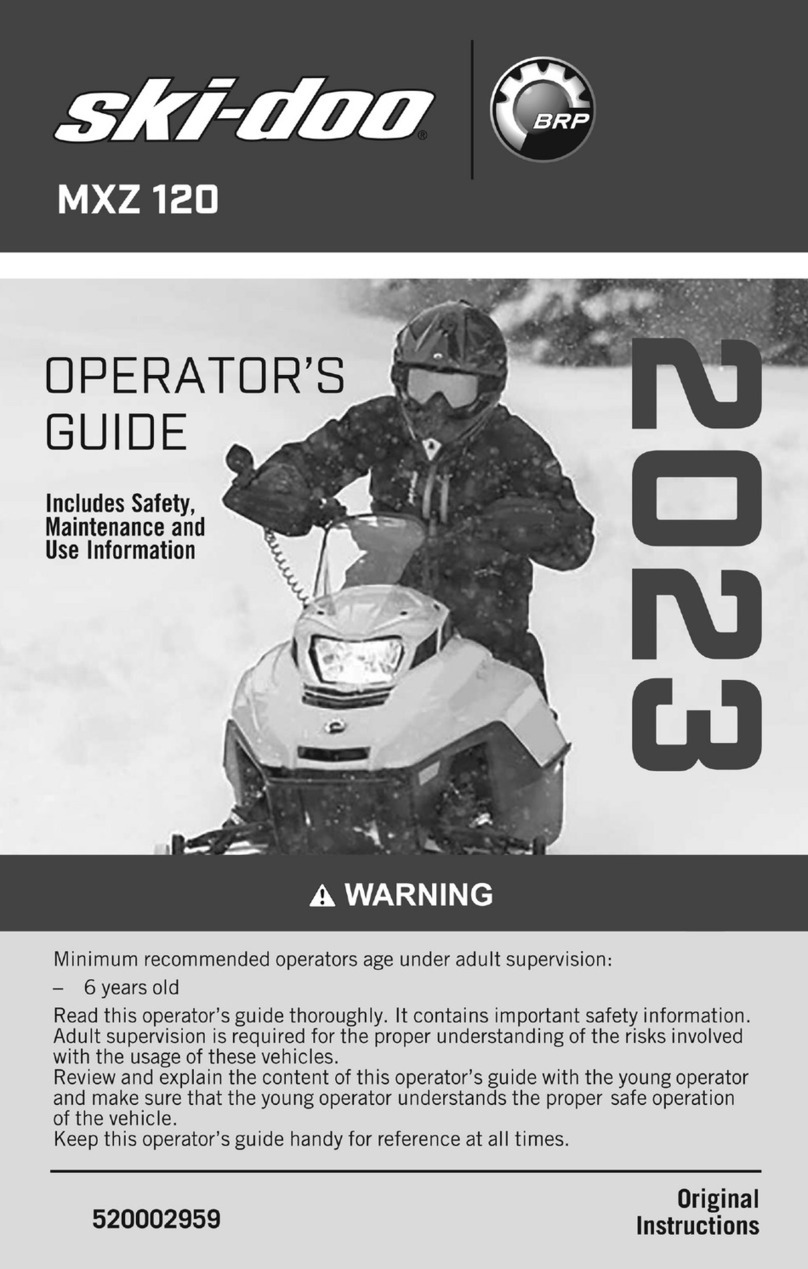
BRP
BRP Ski-Doo MXZ 120 2023 Operator's manual

Arctic Cat
Arctic Cat ZR 900 Series 2006 Operator's manual
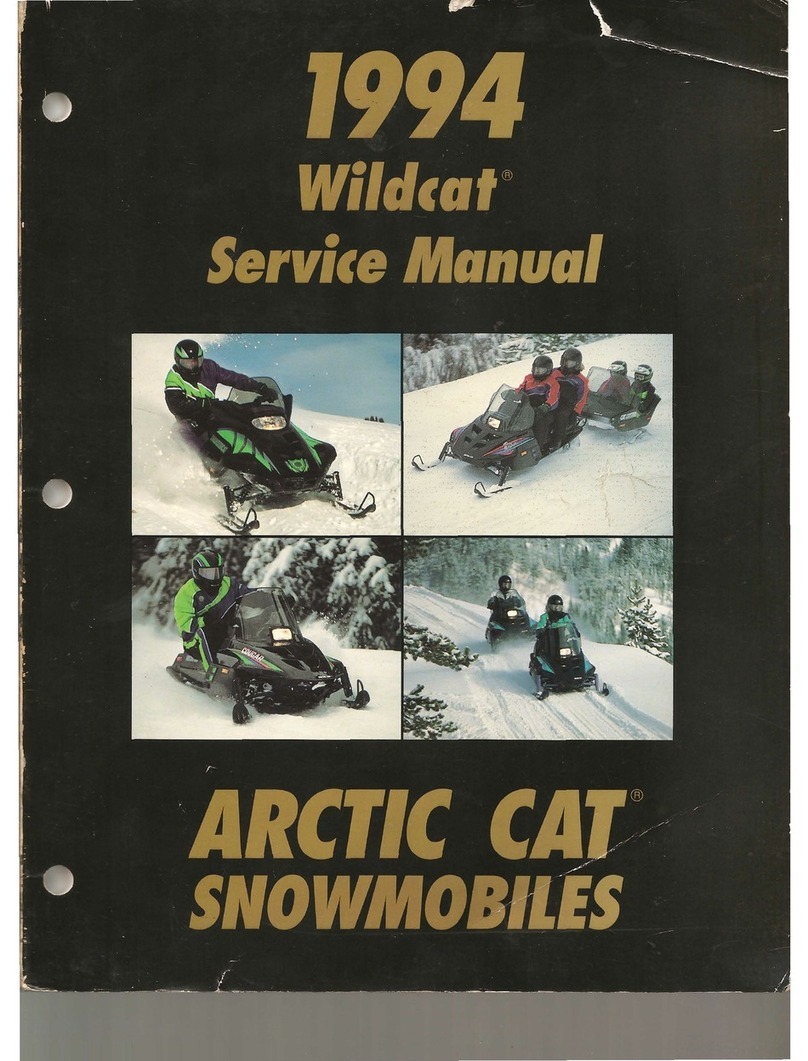
Arctic Cat
Arctic Cat Wildcat EFI Mountain Cat 1994 Service manual
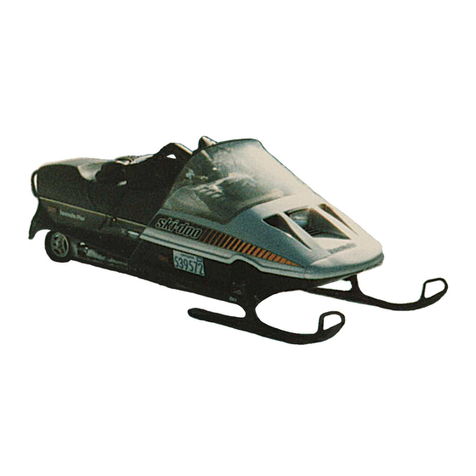
Ski-Doo
Ski-Doo Formula Plus 1985 Operator's manual

BOMBARDIER
BOMBARDIER Ski-Doo Alpine 74 1959 owner's manual

Arctic Cat
Arctic Cat Cougar Service manual
